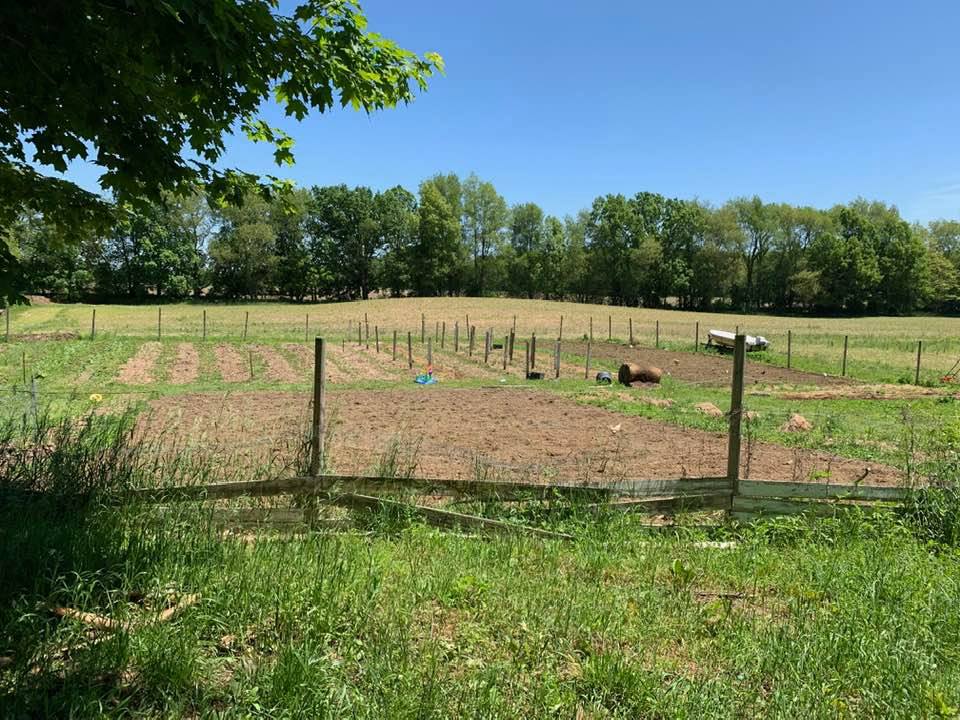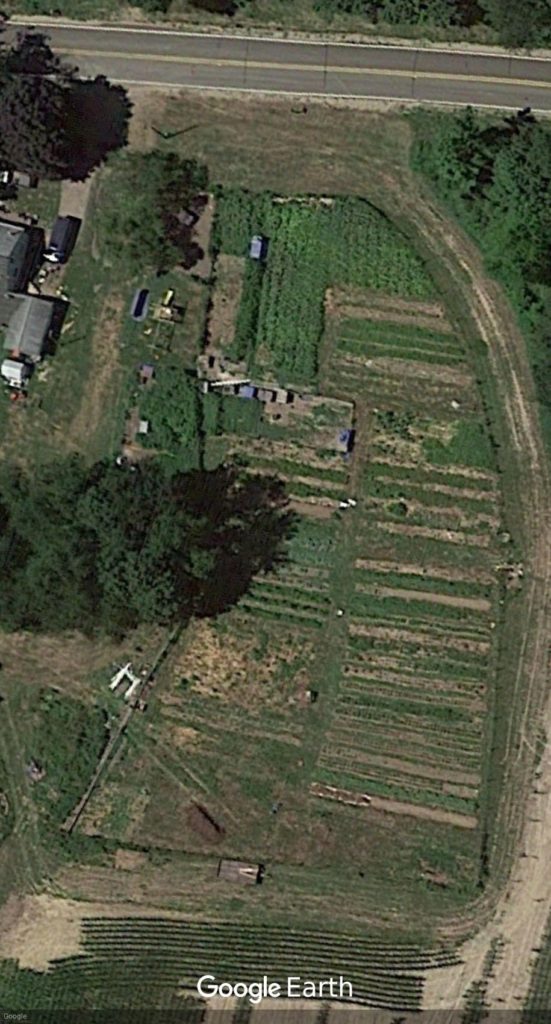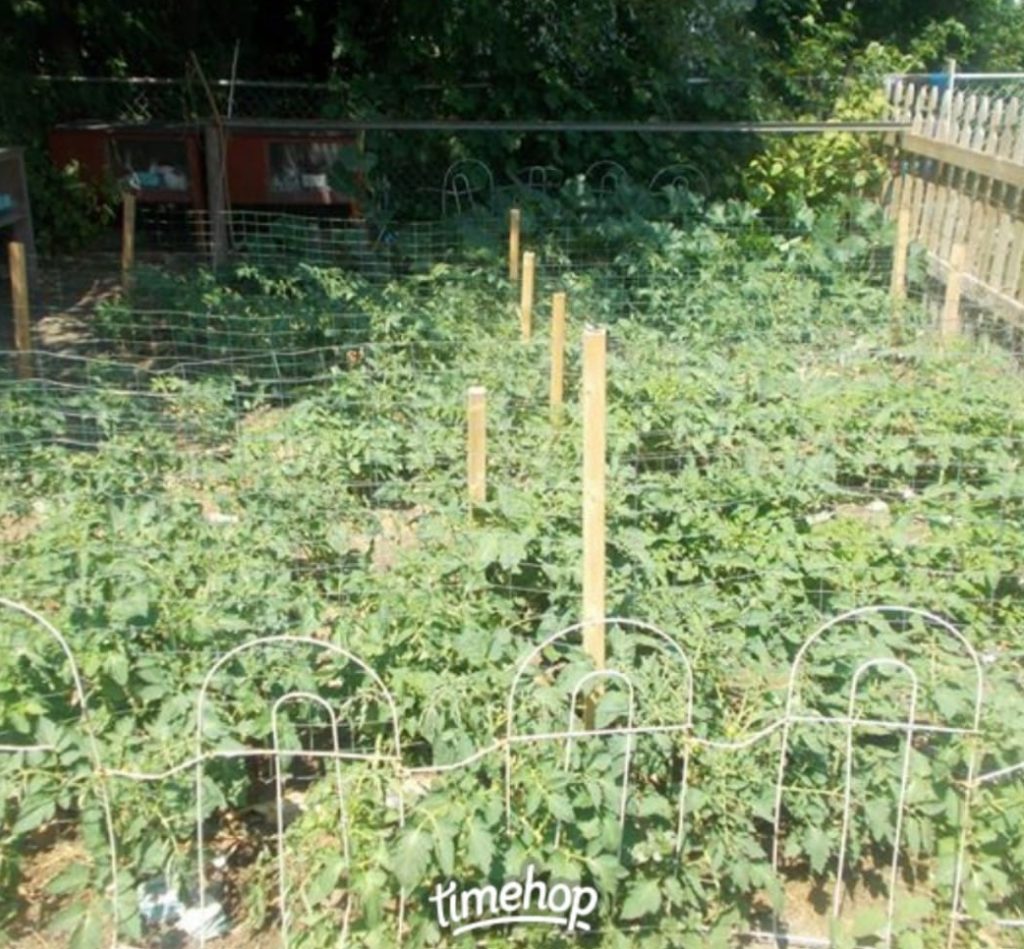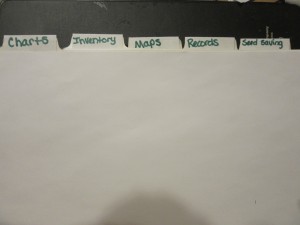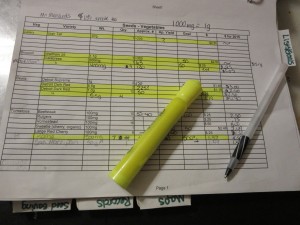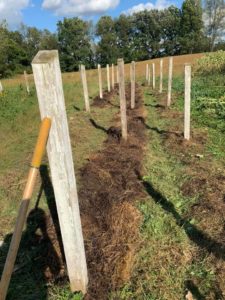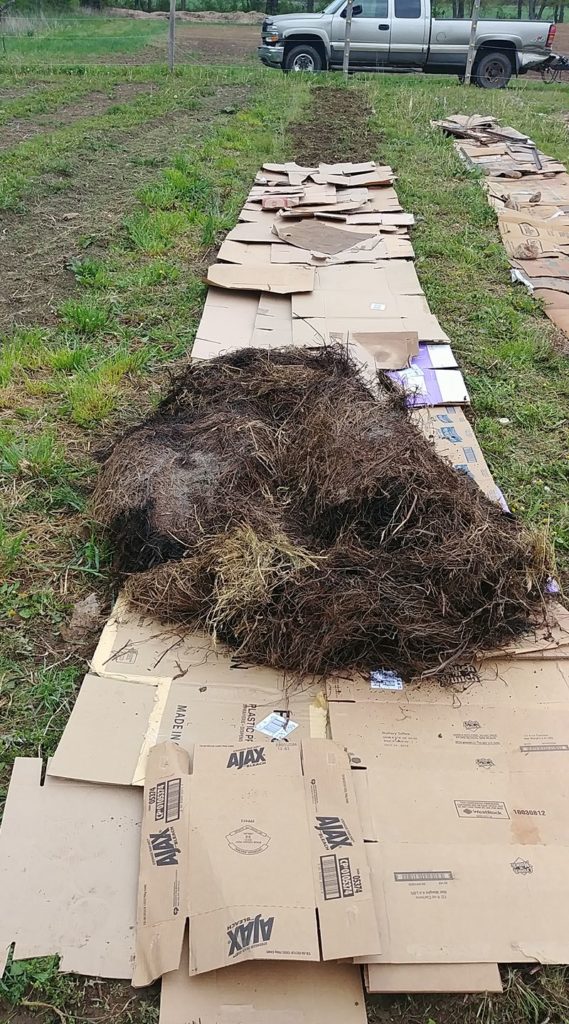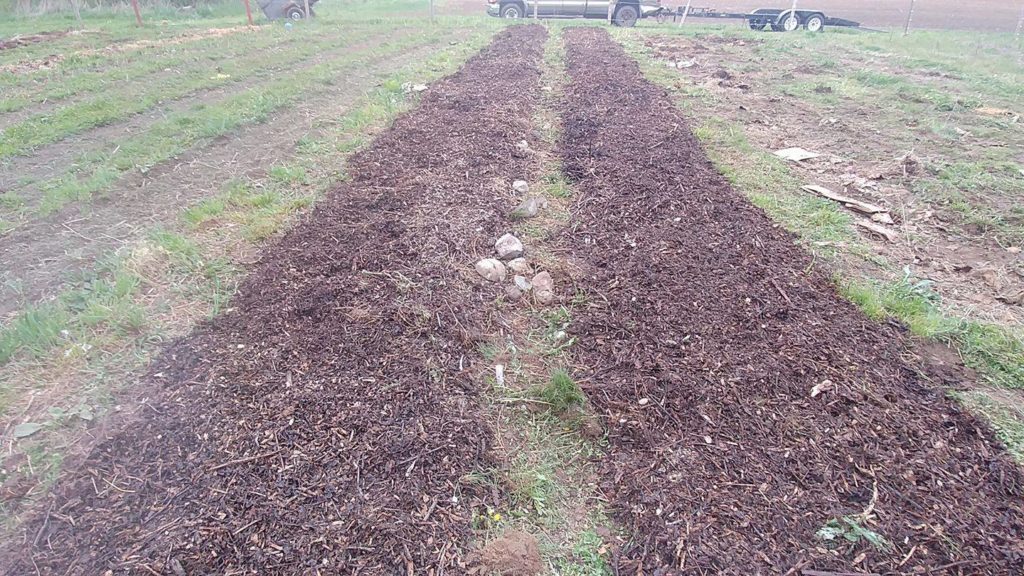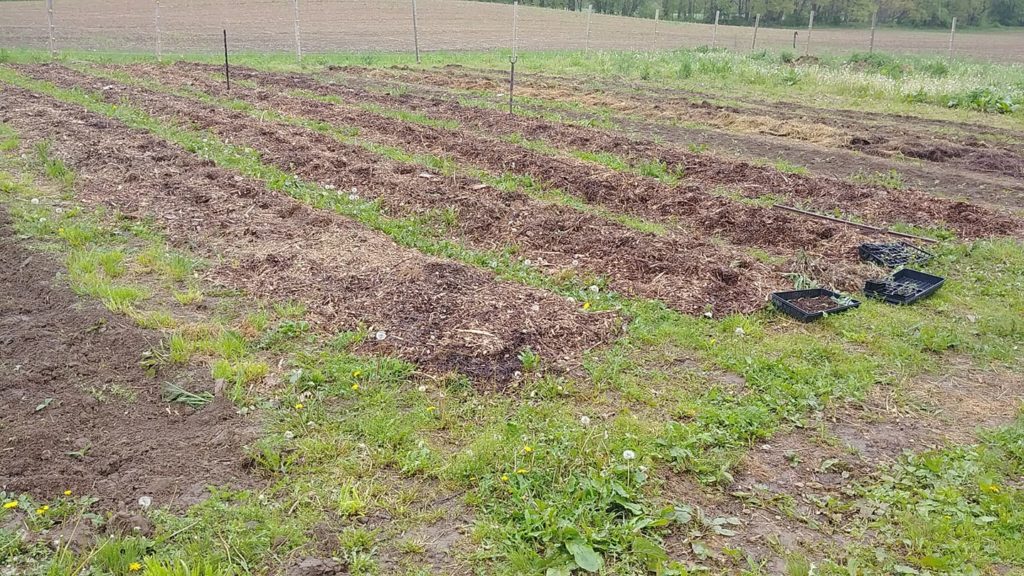Some of you are hoping to grow your very first garden next year. I am so excited for your adventure! A successful garden starts with a great spot – and finding that spot, and even preparing it now, during the fall, will increase your chances for a fantastic garden. To learn how I prepare my garden beds, feel free to read my post on mulching and my post on whether you need a tiller or not. Both of these have great suggestions for readying your garden.
But your garden location is really, really important. Picking this spot ahead of time can have many benefits. This is especially true if you are growing a garden in a smaller backyard that has a lot of surrounding trees
Pay attention to the potential garden spot through all the seasons, if possible. If you have just moved to a new home, I would suggest planning a garden the following year if possible, so you can watch how your yard behaves through heavy rains (does it drain well? puddle? Run off? Is there erosion?), normal weather, wind flow on windy days, and sun/shade through the seasons.
A large percentage of us decide to grow a garden in the spring. All winter long we think we have the perfect full sun spot picked out and can’t wait to get our seeds in the ground. Then summer comes, and the garden is covered in shade. The leaves grew in on the trees that were bare all winter and spring, and your perfect garden spot is no longer perfect after all. Remember this as you pick your spot!
Pay attention to what grows in your potential new garden spot. Weeds will tell you a lot about the soil. Learn to identify them and what soil preferences they have. Dig in the soil and see what the structure of the soil is like – is it compacted? Very dry? Soggy? Are there earthworms? Is the soil sandy, clay? Are there many rocks? Roots? Rocks and roots will make gardening difficult – not impossible, though difficult. We discovered a rather large concrete pad under a few inches of soil in my preferred garden spot in one of our backyards. We ended up renting a jackhammer to remove it. I know others who have discovered hardware cloth or chicken wire buried below the soil, or trash. A lot can be covered with soil and grass will often grow just fine over it. We want to give our vegetables the opportunity to set roots really deep though to access water and minerals below the surface of the soil. Knowing ahead of time that you may need to spend some time cleaning up your potential gardening spot is helpful so you can get that out of the way before you are prepared to put plants in the ground.
The ideal garden will:
- Have a minimum of 6-8 hours of direct sunlight, depending on what you want to grow. Most greens, such as lettuce and spinach, can tolerate a mere 4 hours of sunlight, but most gardeners want to grow more than that. Root vegetables, such as potatoes, require 5-6 hours of sunlight, and then fruiting plants, such as tomatoes, will require 8+
- Be southern facing
- Away from direct contact with trees, as the roots of a tree will make maintaining a garden difficult and they will compete for water and nutrients with your vegetables (not to mention, shade!).
- Have a sandy loam, though growing in clay is often successful. You can always make the soil you have better over time by adding organic matter, but if you have the choice, often a sandy loam is preferable. A ‘loam’ has approximately 40% sand and silt, and 20% clay. A ‘sandy loam’ will have more sand percentage at the expense of clay and silt. Of course, a mainly sandy garden or mainly clay garden will have issues of its own, but a good balance is ideal. If you have ‘stuff’ growing there already (grass, weeds), then you can make it work! Beware the soil that remains bare all. the. time!
- Not be on a slope – increased chance of erosion
- Have a soil ph of 6.5-7.0, though this may vary depending on what you are trying to grow.
- Have a water source nearby – if no running water, consider catching rainwater and pumping it out through a hose.
- Be close enough for convenience – you will need to maintain the garden and bring the harvest back to your home so is your garden a realistic distance from your home? Will your hose reach your garden location?
- Be big enough – what do you want to grow? You can grow a large quantity of food in small spaces, thanks to methods such as square foot gardening, interplanting, succession planting and vertical gardening. But it is helpful to know how much room you need based on what you want to grow – you don’t want to plant pumpkins and then become shocked when they take over half of your backyard and shade out the rest of your garden! I will be happy to help you with garden planning if you have questions.
You may find it helpful to get a soil test done on your soil, which will give you an idea of soil pH and any areas the soil is lacking in providing nutrients needed for plant growth. If your soil is in need of fertilizer, the biology in your soil is lacking. Often times, adding compost will help the soil food web come back to life and find its balance, so the nutrients your plant needs are released as soon as they need them. This can only happen when you have the right kind of bacteria and fungi present (they are found in compost!), to be eaten by protozoa, nematodes (beneficial ones, anyway), and invertebrates, which will release nutrients in a plant available form. Compost is a magical substance that you can create right in your own backyard and eliminate your need for purchased composts and fertilizers.
